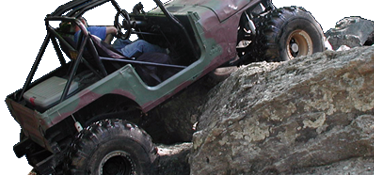I've never done it with HREW only heard good things about people doing it.
I have literally never heard a single person say one good thing about using HREW for exhaust pipe. So I cant comment on that portion. You'd have to ask those people.
The negatives that jump out to me are:
- Size as mentioned.
- Inflexibility, HREW will kink in a bend that thin wall tubing could make (thing axle humps) , assuming you could bend it at all.
- Weight. It will weigh significantly more, adding weight to an already heavy rig. This will be exaggerated since you dont want to solidly mount exhaust pipe (it needs some vibration expansion/contraction room) if you hang it from any standard exhaust hanger it will be challenged to not rip it off the frame. If you do find a hanger that will support it then you have additional swinging mass which is adding stress onto the exhuast manifold where it bolts up. 4.0 Exhaust manifolds aren't exactly known for their strength and resistance to cracking...
- More logistical, you will need a belled end and sleeve to connect to the manifold output. Since the HREW is a different OD a factory coupler wont slide on it. The ID wont match up to you exhaust manifold. If you use a short piece of existing tube from the manifold they wont mate up together properly.
-Finally exhaust tubing is cheap. My local guy charged my son $45 to run dual 2.5" straight pipes on his k5 from headers out. Parts and labor.
You can buy 13' sticks at Advance auto for $20. Why reinvent the wheel to possibly save $20. You will have way more in the adapters to make it work
I can't wait to see how you make it work though, Im sure it will be creative. Build looks good so far, keep it up!


